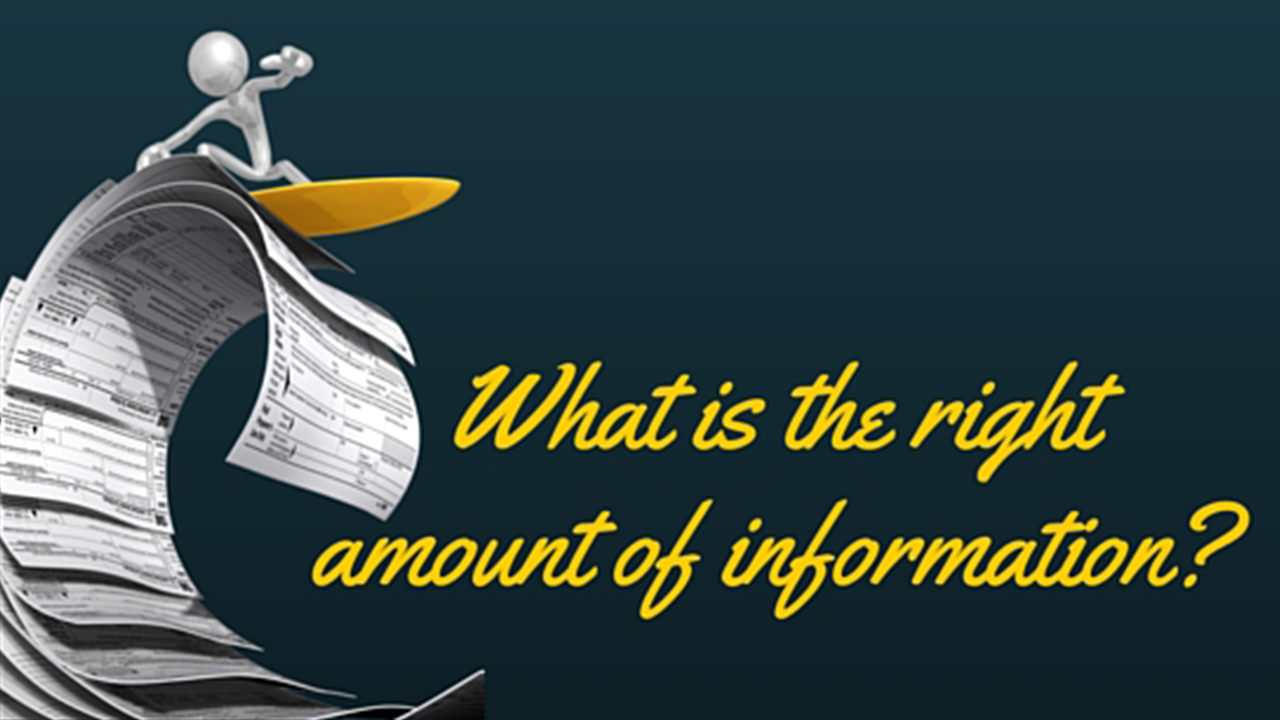The first question you need to answer when thinking about what kind of information you want out of a software system is “What are you going to do with it?” The next question is “How easy can we make the process of gathering the data?”
Know what you need
Having information just for information’s sake is not going to do you any good. You have to be able to make a business decision with the information. For example, if you want to look at the performance of a construction job and you spend time to sort and gather by project manager. It may be useful information or it may not. They may all work on different clients or different types of work. So spending all the time in the world gathering information by project manager may be a complete waste of time and not provide a clear picture of performance.
User defined fields can also be misused and lose the ability to be helpful. If the information is entered incorrectly and inconsistently, then the data is useless. You can put all the data in perfectly, but if you can’t get the information out it is worthless. Someone has to take the time to enter data into the software so that you can pull it back out of the software. If it is too difficult to get the information back out in a report or impossible to report out the information, then the information is useless.
Know why you are gathering the data
“That’s the way we’ve always done it” is not the correct answer. There should be a reason for the work. It should add value. Do you remember in Office Space where the guy did the TPS reports? No one knew why the reports were done. You and your employees need to know why you are gathering the data and how it will be used.
Keep it simple
If no one knows why information is entered and why it is important, is it really worth the time to add this information to the system? Consider going back to basics and gather only the information that is necessary and useful. Wait for the technology or processes to catch up and then you can add more information as you see the need. One of the most valuable reports we see is the job profitability report. It shows the revenue on the job, the cost on the job, and the gross margin on the job and the gross margin percentage. It is amazing how much information you can get from 4 simple columns of data. You can make decisions on that. You can produce that type of report on MOST accounting systems and it doesn’t take a lot of additional data input.
Summary
More data does not equal better data. It just equals more data. Just like more clothes in your closet does not equal a better wardrobe. It just means more clothes. I would rather have a really nice well-crafted wardrobe that makes my life simpler than a whole big mess that just makes my life more confusing. Your accounting software should produce the information you need to make sound, good business decisions.

